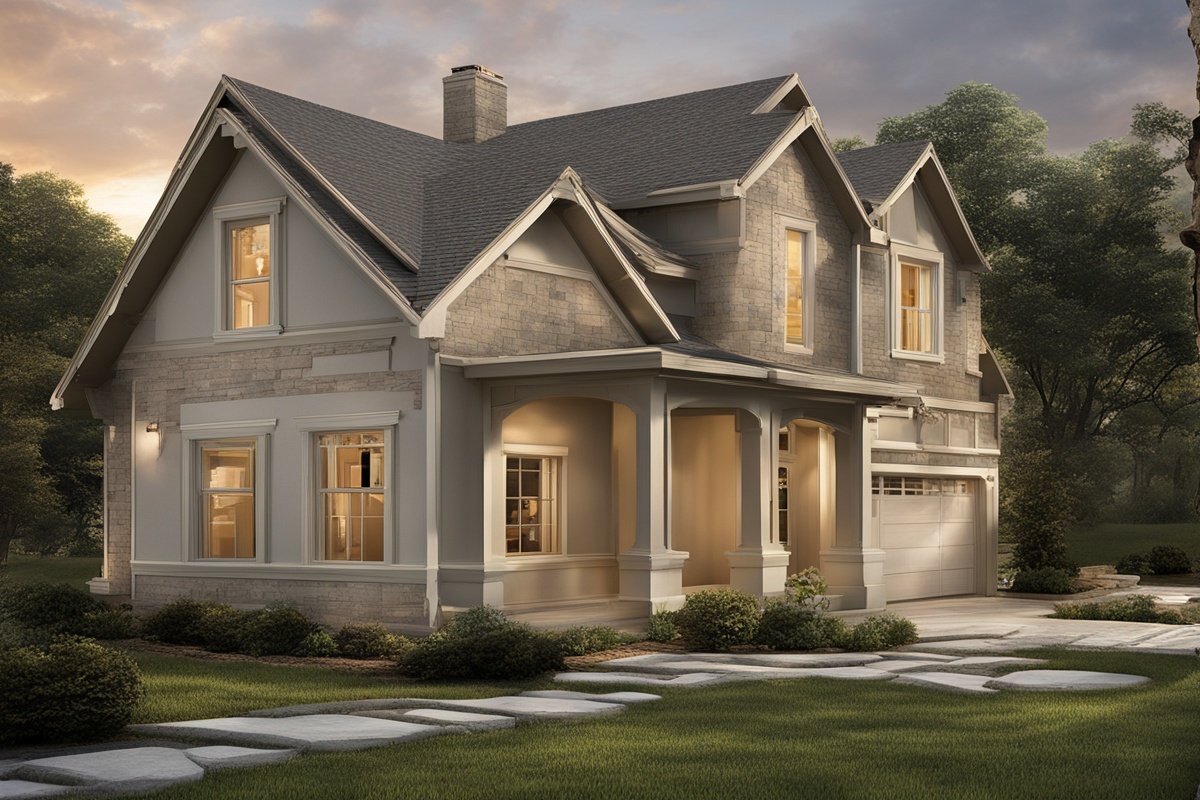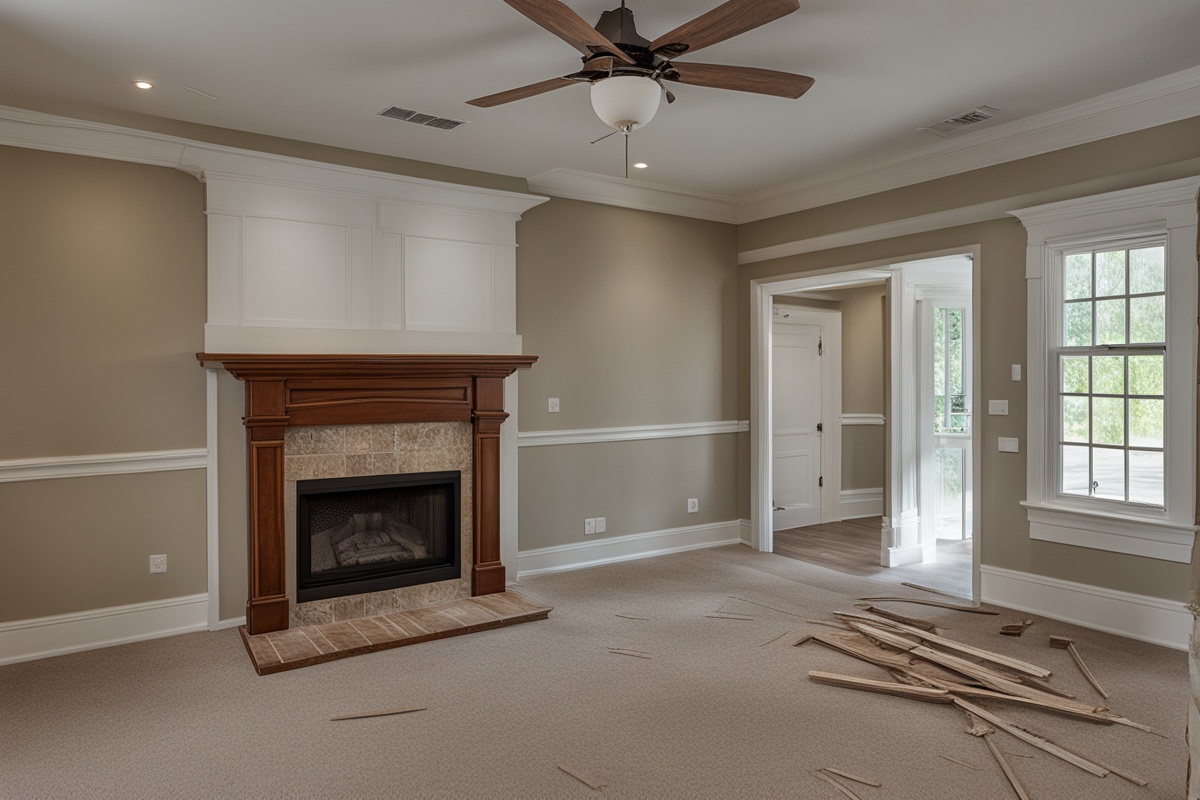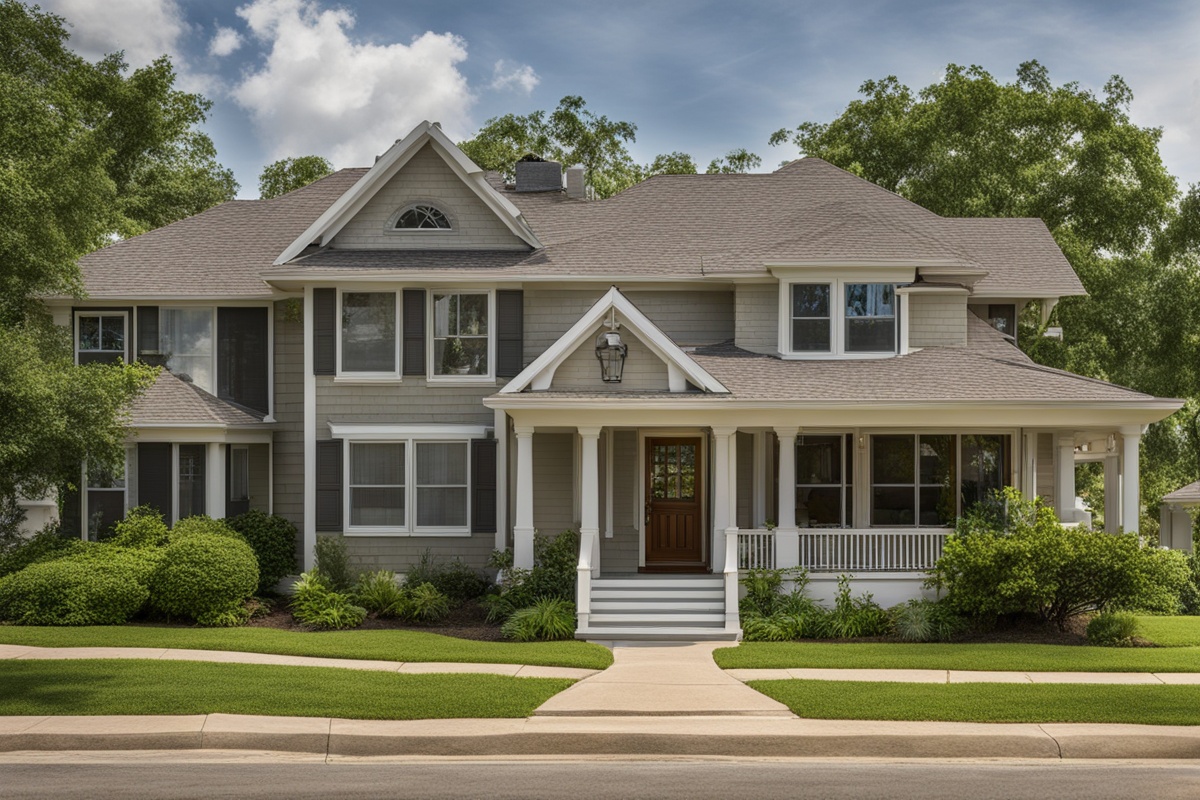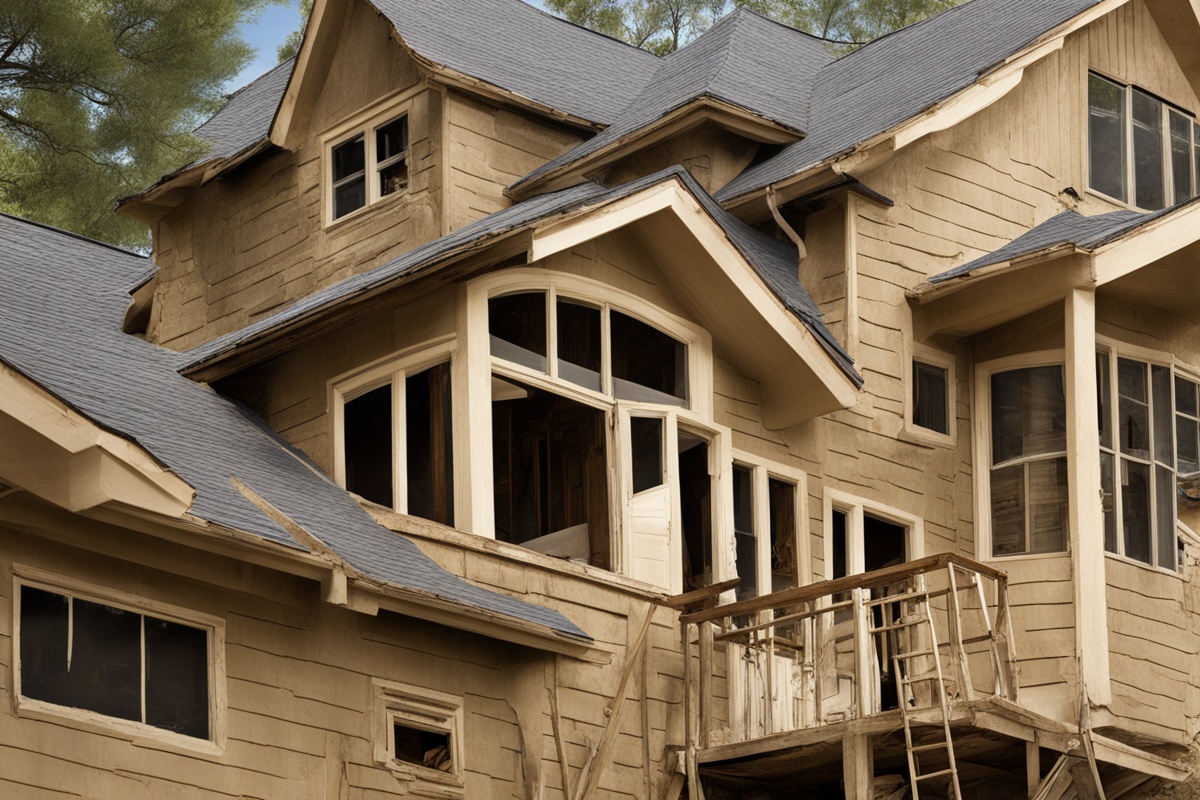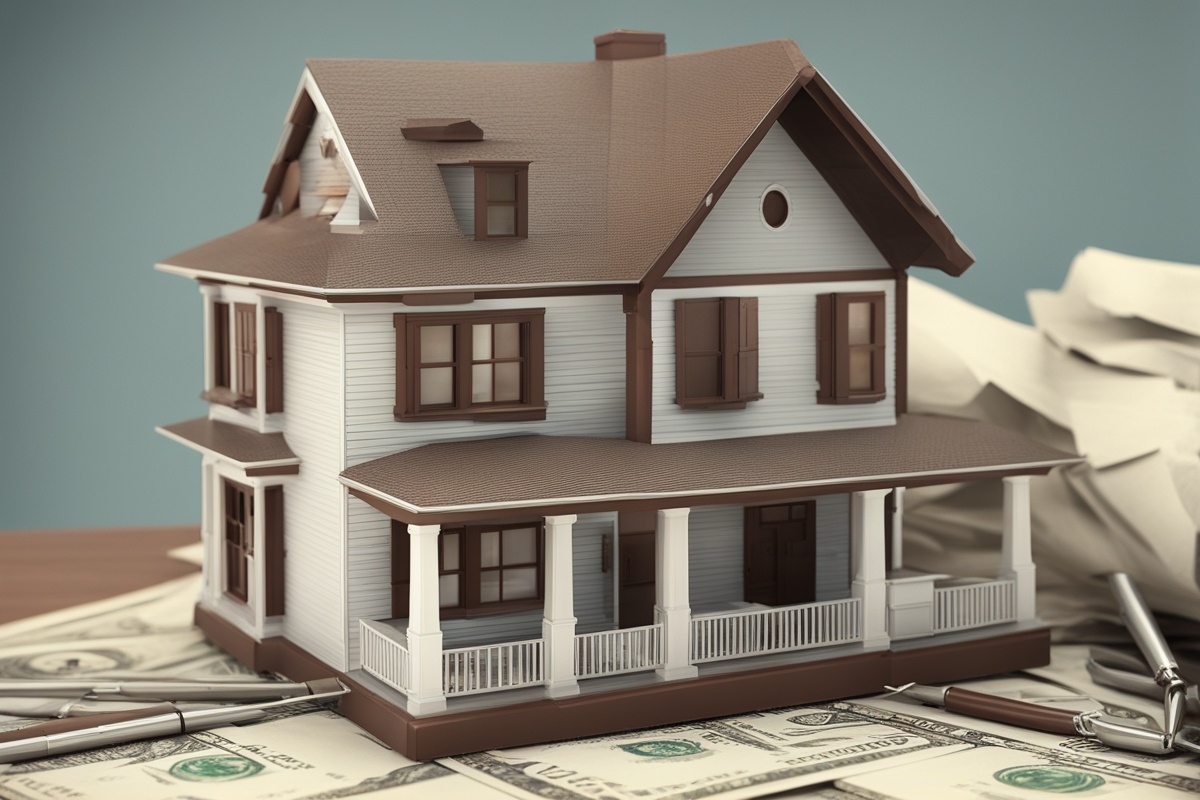Property rehabilitation is a rewarding yet challenging endeavor, especially when it comes to reviving distressed homes successfully. These properties, often neglected or abandoned, hold immense potential for investors and homeowners willing to invest time, effort, and resources. Whether you’re a seasoned real estate professional or a first-time renovator, understanding the key steps and strategies to breathe new life into distressed homes can lead to significant financial returns and community revitalization. In this comprehensive guide, we’ll explore the essential aspects of transforming these properties into valuable assets.
Understanding Distressed Homes: What Are They?
Distressed homes are properties in poor condition due to neglect, foreclosure, or other financial or physical challenges faced by the previous owners. These homes may have structural issues, outdated systems, or cosmetic damage that deters typical buyers. However, they often come with a lower purchase price, making them attractive for investors aiming at reviving distressed homes successfully. Recognizing the potential in these properties requires a keen eye for value and an understanding of the local real estate market. From foreclosed single-family homes to abandoned multi-unit buildings, distressed properties vary widely in scope and rehabilitation needs.
Assessing the Potential: Is the Property Worth Reviving?
Before diving into a rehabilitation project, a thorough assessment is critical to determine if reviving distressed homes successfully is feasible for a specific property. Start by evaluating the structural integrity of the home—check for foundation cracks, roof damage, or signs of water intrusion. Next, consider the cost of necessary repairs versus the potential after-repair value (ARV) in the neighborhood. Hiring a professional inspector can provide an unbiased view of the property’s condition. Additionally, research local zoning laws and permit requirements, as these can impact renovation plans. For more insights on property evaluation, explore our detailed guide on assessing fixer-upper investments.
Creating a Realistic Budget and Timeline
One of the biggest pitfalls in reviving distressed homes successfully is underestimating costs and timelines. A detailed budget should account for materials, labor, permits, and unexpected issues that often arise during renovations. Allocate a contingency fund—typically 10-20% of the total budget—to cover surprises like hidden mold or outdated wiring. Timelines should be realistic, factoring in delays due to weather, contractor availability, or supply chain issues. Tools like project management software can help track progress and expenses. For tips on managing renovation costs, check out our post on budgeting for home rehabilitation projects.
Key Renovation Strategies for Maximum ROI
When reviving distressed homes successfully, prioritizing renovations that offer the highest return on investment (ROI) is essential. Focus on high-impact areas such as kitchens and bathrooms, as modern updates in these spaces significantly boost property value. Energy-efficient upgrades, like new windows or HVAC systems, can attract eco-conscious buyers and reduce long-term costs. Don’t overlook curb appeal—simple landscaping or a fresh coat of paint can make a lasting first impression. Additionally, consider the neighborhood’s demographic; for instance, family-oriented areas may benefit from adding extra bedrooms or play spaces. Learn more about high-ROI upgrades in our article on maximizing property value through renovations.
Navigating Legal and Financial Challenges
Reviving distressed homes successfully often involves navigating a maze of legal and financial hurdles. Properties in foreclosure or short sale may come with liens or title issues that require resolution before purchase. Working with a real estate attorney can help clear these obstacles. Financing is another challenge—traditional mortgages may not be available for distressed properties, so explore options like hard money loans or rehabilitation loans (e.g., FHA 203k loans). Additionally, ensure compliance with local building codes and secure necessary permits to avoid fines or project delays. For a deeper dive into financing options, refer to our guide on funding property rehabilitation projects.
Marketing and Selling Your Revived Home
Once the rehabilitation is complete, the final step in reviving distressed homes successfully is marketing and selling the property. High-quality photos and virtual tours can showcase the transformation, attracting potential buyers. Highlight key upgrades, such as energy-efficient features or modern designs, in your listing. Pricing the home competitively based on comparable sales in the area is crucial for a quick sale. Working with a real estate agent familiar with renovated properties can streamline the process. For additional marketing strategies, see our post on selling renovated homes for profit.
Disclaimer: The information provided in this article is for general informational purposes only and should not be construed as legal, financial, or professional advice. Property rehabilitation involves significant risks, and outcomes may vary based on individual circumstances, market conditions, and other factors. Always consult with qualified professionals, such as real estate agents, contractors, or attorneys, before embarking on a distressed home renovation project. The author and publisher are not responsible for any losses or damages resulting from the use of this information.
References
- U.S. Department of Housing and Urban Development – 203(k) Rehabilitation Mortgage Insurance
- Realtor.com – What Is a Distressed Property?
- Forbes – How to Buy a Foreclosed Home
- Investopedia – Fixer-Upper: What It Means, How It Works
- National Association of Home Builders – Housing Economics
This content is for informational purposes only and not a substitute for professional advice.

